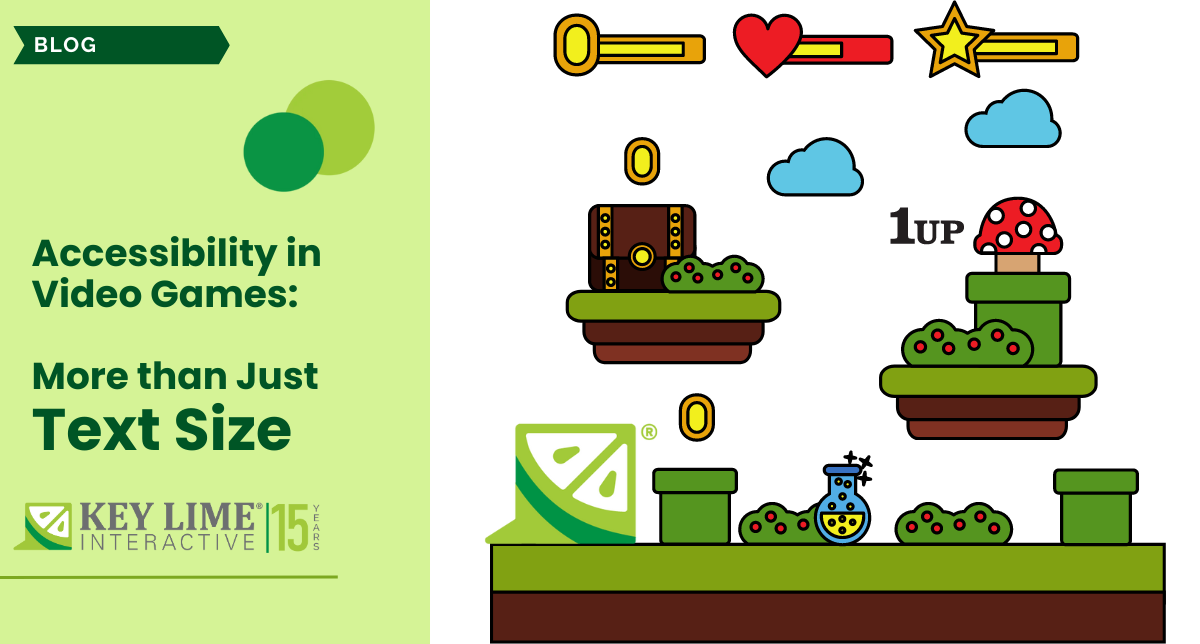
We have all been there - you navigate to a website, and just after it loads you are bombarded with a lack of logical flow. There are offers everywhere, you don’t know where to look first, the navigation doesn’t help you find what you are looking for; you try to do a type in search - nada. You become frustrated, overwhelmed and you just…..leave. Hoping never to return the chaos you just experienced. Sound familiar? Now, this could be an extreme case, but overall, this business has lost you as a prospective customer as a result of poor user experience. This is where the opportunity to optimize the User Experience (UX) with UX researchers comes into play.
UX Optimization Opportunities
In the crowded market of products and services, your business must separate itself from the mediocre experience, and provide a great one. Optimization is the name of the game. User Experience optimization opportunities conducted by UX researchers in the digital landscape can be defined as the systematic study of finding insights that guide the balance between a customer-centric website, mobile or app experiences - while taking the client business objectives into account (profit, KPIs, customer retention, winning over prospects, etc).
A wise man once said “your most unhappy customers are your greatest source of learning” - Bill Gates - Founder of Microsoft.
3 Methodologies UX Researchers Use for Optimization
Let’s break down 3 areas of improvement/methodologies that UX Researchers typically use as a jumping-off point to optimize the user experience. Let’s call this “UX Research Optimization 101”.- Define Your Goals and Objectives
This is the question-oriented start that will set the framework for the move forward plan. Examples include: What questions are we, as a business trying to answer? What are our preconceived notions about what we think we know vs. what we don’t know, vs. what we want to know? Do our hypotheses (our assumptions) ring true? The goals set in place should be specific and measurable - we come back to the questions in this step after the UX Researcher has completed their research. - Understand Your User(s)
If you don’t understand who your audience(s) / (target market(s) are, you are already at a disadvantage. How can you sell a product or service to individuals you assume you know, (but can’t quite confirm) when in reality you may not have in-depth knowledge about them? Understanding your customers/prospects' needs wants, motivations, limitations, and abilities is step number one. UX Researchers accomplish this goal by working with the client, understanding whom they think their audience is (this may be known already) - then creating personas, which purpose is to represent realistic audience segments to imitate a real user. This is the start of the consumer-centric approach. - Define Your Research Methodology
Now that we know what our research goal is, and the users we are going after - UX Researchers develop a methodology (framework) to prove or disprove our hypothesis. The biggest differentiator in the type of results you obtain is defined by the selected methodology.
By completing UX Research Optimization 101, your conversion rate optimization (CRO) should also improve in tandem.
3 Most Common Types of User Research
- Qualitative Research: This type focuses on collecting, analyzing, and interpreting non-numerical data from participants. It is exploratory in nature and allows for a better understanding of feelings, emotions, opinions, and observation. It is typically run by one to two researchers in a structured/moderated environment with one participant. The time frame varies based on the research plan. Some sessions may be recorded to refer back to when evaluating the data.
- Quantitative Research: This type of research is typically used to generalize results via a larger population than the Quantitative approach. Traditionally, this type of research is unmoderated and more rigid, and defined to collect numerical data. An example of this type of research can include large-scale surveys and can be easily measured and quantified. Survey setup can include closed-ended or open-ended questions.
- Customer Journey Mapping (CJM): This type of research is visual in nature and focuses on the process a person goes through to experience and complete a series of actions & micro tasks to fulfill based on a framework/series of user actions for a product or service purchase. Generally, The purpose of this exercise is to provide a holistic view of the overall process and provide information on the mindsets and emotions of the user as they complete the full journey from beginning to end. This process can uncover pain points as well as areas of satisfaction for your defined target groups.
Next Steps for User Experience Optimization
After the UX Researcher analyzes the data based on the UX research methodologies selected, they start the analysis process and draw conclusions. These data outcomes provide results/insights related to the original hypotheses (back to step one, as mentioned previously). A report with the vital information is compiled, along with recommendations for improvement(s), optimization, unknown factors of importance previously unknown, (wow - we had no idea!), as well as a better understanding of how to market your product or service. Optimization prioritization for iterative modifications to your journey and target markets provide building blocks for an increased customer-centric approach, all without sacrificing business goals.
You don’t have to stop there though - research is never static. Continued data analysis is necessary to keep up with an ever-changing market of products, services, and consumer mindsets. This is the “let’s do it again” mentality, or “Let’s conduct different research for a more defined picture” I hope this information provides clarity for how to optimize the user experience, and the opportunities available to keep up with the changing landscape in your business sector.











Comments
Add Comment